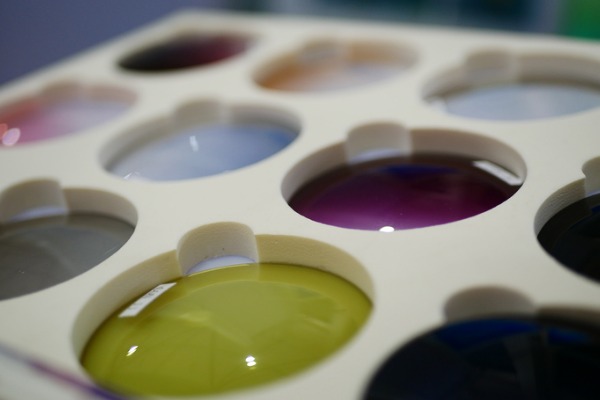
Making a Fashion Statement with a Pair of Sunglasses
A cool pair of sunglasses is a fashion statement, but their main purpose is to block out UV rays
As I explained in my last post, sunglasses are very important to your long-term eye health. A cool pair of sunglasses can serve as a fashion statement, but their main purpose is to block out UV rays (which can lead to eye problems). Most people forget to keep their sunglasses on them at all times, but they should be a permanent accessory, just like your wallet, keys, and cell phone.
When it comes to choosing the right pair of sunglasses, we’re faced with many options. Some pairs protect better than others. Some pairs offer more style. And some are simply your favorite brands (Kate Spade, Gucci, Maui Jim, etc.). It all depends on the personality of the individual.
Beyond the Sun:
Some of the main benefits of wearing sunglasses are:
- Protection from UV rays
- Prevention of glare exposure (from sidewalks, snow, water, etc.)
- Self-image enhancement
- Confidence
However, UV protection and style aren’t the only advantages sunglasses bring to the table. Some people may be trying to hide something (wrinkles, emotions, scars, etc.). Let’s face it, not everyone operates at their best every single day. If you’re having one of THOSE days, a trusty pair of sunglasses always come in handy.
Sunglasses can also:
- Help you look better in pictures
- Give you an unrecognizable look (or cover more of your face)
- Add a level of mystery to your persona
- Make it harder to read your eyes (maybe in poker or even other situations)
- Let you stare at people and get away with it (kind of)
Making the Right Choice – Tinted Lenses:
When choosing the right pair of sunglasses, there are basically three options. The first option is a tinted lens. A tinted lens can be filled with your prescription (if you indeed have one). Since I wear my contact lenses on most days, I prefer the non-prescription (or plano) sunglasses. However, many of my patients own both (prescription and plano) and use them accordingly.
Keep in mind, a tinted lens crafted by an accredited optical shop will most likely offer UV protection. But always ask for confirmation when making a purchase. Many retail shops will reference the UV sticker (which typically comes on the lens), but I’m a skeptic so I like to have them double checked. Remember, you want to make sure your sunglasses block 99 – 100 percent of UV rays.
When it comes to tint levels, there are also several options. The most popular tint choices are gray and amber (or brownish). Both of these tints offer optimal UV protection (making it a style preference). I notice many people choose an amber tint and brown frame combination, while some opt for a gray tint and black frame combination.
Transitions and Polarized:
The second option is transition lenses. Just like the name suggests, transitions change according to UV exposure so there’s no need to carry around multiple pairs. These tend to be the right option for people who wear glasses all the time. But in my personal experience, I’ve noticed that most people either love transitions, or hate them (not a lot of middle ground).
To further explain, transition lenses are clear indoors, but change to a tint outside. Being that transitions are triggered by UV rays, they work better outdoors. On the downside, transitions typically don’t become fully tinted when driving. This is because a car’s windshield already contains UV block.
The third option is polarized lenses. Polarized lenses offer UV protection as well as reduction in glare. These are a great option for people who spend a lot of time outdoors. However, polarization eliminates the ability to see some digital displays. This can be unsafe in several work environments. For instance, airplane pilots have complex dashboards with many lights. A polarized pair of sunglasses wouldn’t work in this situation.
Live in Your OcularPrime:
To sum things up, simply wearing your sunglasses is an easy step on the path to your best vision. And if you take the initiative to protect your eyes, you’ll be doing yourself a favor in the long run.
If you’re confused about which pair of sunglasses works best for you, be sure to consult your eye doctor (as always).







